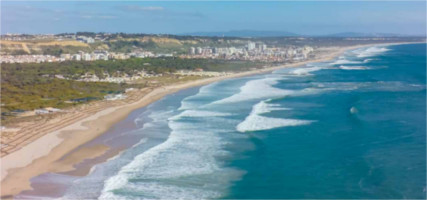Conveners
Tuesday Morning
- Marina Marinkovic (CERN)
Colin Morningstar
(Carnegie Mellon University)
08/03/2016, 08:30
The spectrum of excited hadron resonances in QCD is studied using Monte Carlo path integration techniques formulated on a large $32^3\times 256$ anisotropic space-time lattice. A large number of probe interpolating operators are used, and calculation of temporal correlations is accomplished using a stochastic method of treating the low-lying modes of quark propagation that exploits Laplacian...
Dr
Savvas Zafeiropoulos
(Goethe University Frankfurt)
08/03/2016, 09:00
We compare lattice data obtained from a dynamical simulation with Twisted Mass fermions to the analytical predictions of Twisted Mass Wilson $ch$-PT and extract an estimate for the chiral condensate and the LEC $W_8$.
Priyashree Roy
(on behalf of the CLAS collaboration)
08/03/2016, 09:30
One of the primary approaches for understanding quark-gluon structure
in baryons is to interpret the baryon spectrum in terms of the effective
degrees of freedom. A significant amount of information about the
light baryon spectrum comes from photoproduction experiments. Of particular
interest are recent results on the photoproduction of vector mesons ($\omega$, $\rho$ and $\phi$) and...
Xabier Cid Vidal
(Universidade de Santiago de Compostela)
08/03/2016, 10:30
LHCb, while purpose built for b-physics, also functions as a general purpose forward detector, covering the pseudo-rapidity range 2.0 to 5.0.
A wide variety of forward QCD measurements have been performed, including jet production measurements, soft inclusive particle distributions and correlations, and central exclusive production. A selection of these results will be presented, highlighting...
Dr
Tin Sulejmanpasic
(North Carolina State University)
08/03/2016, 11:00
I will discuss some lattice simulation of the O(3) non-linear sigma model model via dual-variables method. I will demonstrate that dual variables allow for a very physical Quantum Mechanical intepretation, and a very precise and reliable information about scattering data of the particle appearing in the infrared.
Benjamin Jäger
(Swansea University)
08/03/2016, 11:35
Studying baryons across the deconfinement transition allows us to test symmetries in the hadronic and the deconfined phase. Looking at baryonic correlation functions and their spectral decompositions, we find evidence that parity and chiral symmetry are restored in the Quark Gluon Plasma. We present a systematic study of the nucleon and the delta resonance, and elaborate on the lattice...
